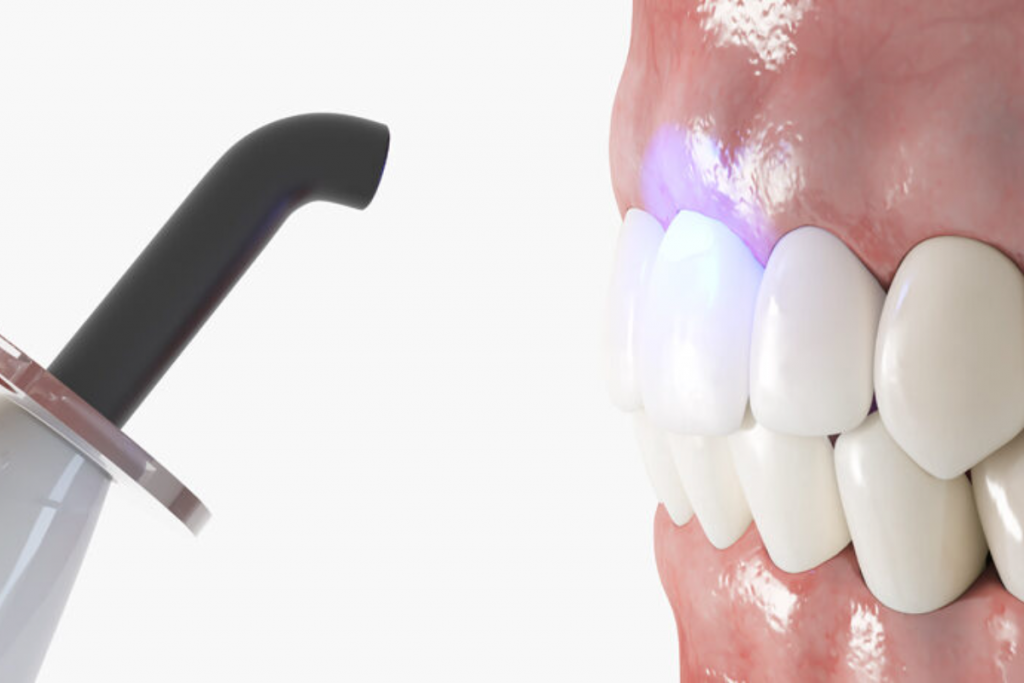Gaps in your teeth can make you self-conscious about your smile. Most people seek methods of filling these gaps without having to go through extensive dental surgeries. One of the best and cost-effective options is dental bonding. How does it happen, though, and is it what you need? What procedure a dentist may follow for a Dental Bonding near you?
What is the Procedure of Dental Bonding?
Dental bonding refers to a cosmetic dental procedure where tooth-colored material is bonded or attached to the teeth in order to correct minor imperfections. It is shaped, subsequently hardened under a special light and polished to match the natural color of your teeth. It is used to fix small gaps between teeth, chipped or cracked teeth, and the appearance of discolored teeth.
How Can Dental Bonding Fix Gaps?
Dental bonding is also a great fix for small gaps between teeth. The process is to place a composite resin on the sides of the teeth that are around the gap. The dentist near you will carefully shape and sculpt the resin to fill in the space. When the material is cured with a light, it is polished to blend in with the natural teeth. This fast, pain-free procedure can really give your smile a big boost in one visit.
Process of Dental Bonding
When planning to undergo dental bonding, knowing the process will help you gain more confidence in the procedure:
- Consultation and Preparation: The procedure begins with a dental appointment, during which the dentist checks the teeth and decides if bonding is indeed the best remedy. Unlike other procedures, the dental bonding material is usually applied with little or no preparation of the tooth, thus eliminating the need for drilling and enamel removal.
- Shade Selection: Keeping in mind the fact that the main aim is to recreate the natural look, the dentist chooses a resin shade that corresponds to the shade of the patient’s natural teeth. This guarantees that the bonding will blend with the entire smile.
- Placement of the Composite Resin: The dentist applies a mild etching solution to the tooth surface to allow proper adhesion of the bonding material. The tooth-colored resin is then applied, shaped, and sculpted to close the gap, but in the natural tooth form.
- Hardening and Polishing: When the desired form is obtained, a special UV light is employed to cure the bonding material. Once cured, the dentist smoothes out the bonded surface to provide a smooth, natural-looking finish that blends with the adjacent teeth.
Benefits of Dental Bonding
There are many advantages to opting for closing gaps using bonding methods:
- Quick and Painless: Usually completed in one appointment without anesthesia. It takes about 30 to 60 minutes per tooth.
- Economical: Cheaper than veneers or braces; it is easy on the pocket.
- Preserves Natural Tooth Structure: Unlike veneers or crowns, dental bonding doesn’t require the removal of a significant portion of the tooth enamel and thus it preserves natural tooth structure.
- Minimally Invasive: The majority of the tooth structure remains intact.
- Natural Appearance: The composite resin used in dental bonding is carefully color-matched to blend with your natural teeth. This makes the bonded tooth look natural.
- Multi-purpose: Besides closing spaces, it is also used for repairing chipped teeth with dental bonding and repairing minor dental defects.
Is Dental Bonding for you?
Bonding is a really good answer for little gaps while it completely fails to solve the problems of large gaps or severe deficiencies of alignment. In these situations, orthodontic measures like braces or aligners can be suggested. They also require maintenance, since bonded teeth have resin, which is not as durable as natural enamel and may chip after some time.
Caring for Bonded Teeth
To extend the life of the bond, incorporate these care tips:
- Maintaining Good Oral Hygiene: Such as brushing and flossing regularly, is crucial for keeping both your natural teeth and bonded areas in excellent condition.
- Be Gentle with Your Teeth: While dental bonding is durable, it’s not as strong as natural enamel or crowns. Avoid biting hard things like ice and pens.
- Avoid Staining Foods and Drinks: Bonded teeth are more prone to staining than natural enamel, so it’s important to be mindful of what you consume. Avoid staining beverages and foods like coffee, tea, and red wine.
- Schedule Regular Dental Checkups: Visit your dentist regularly for checkups and touch-ups.
- Know When to Get a Touch-Up or Replacement: Dental bonding typically lasts 3 to 10 years, depending on how well it’s cared for. If you notice discoloration, rough or uneven texture or small chips or cracks in the bonding material, visit your dentist.
Improve Your Smile with Dental Bonding
If you want a quick and inexpensive method to close spaces between your teeth, dental bonding is an excellent choice. The process is easy, pain-free, and produces natural-looking results. To find out if dental bonding is for you, consult with a dentist in Lethbridge. At Absolute Dental, we provide professional bonding treatments to beautify your smile. Call us today to schedule an appointment with a local dentist!
